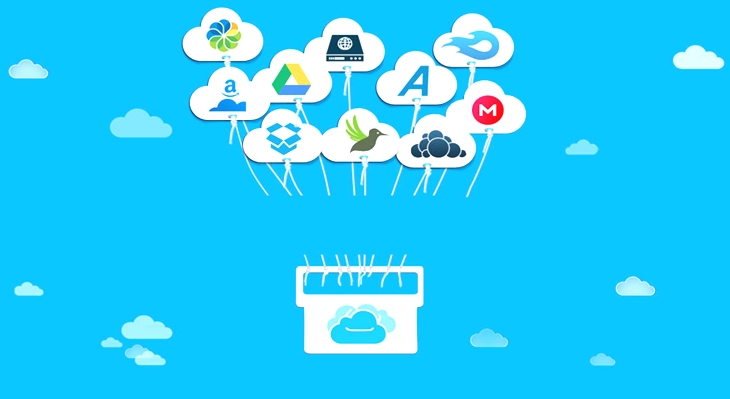Multi-cloud refers to using multiple storage services in a single diverse architecture.
Multi-cloud security establishes consistent management and enforcement of security policies. Although it could help your organization benefit in a lot of ways since there is an involvement of more than one service provider, there are certain risks and multi-cloud challenges involved as well, which come tagging along with the benefits:
- Data governance and compliance: You need to meet some specific data governance requirements, and moving applications online doesn’t eliminate that need. You may or may not realize that a specific application is running in an unapproved environment. These sorts of compliance issues can be challenging for IT leaders. By integrating your on-premises infrastructure with various public and private cloud environments, you may be able to address better some of the data storage complications that can arise.
- Software development: Going multi-cloud can make application deliverability quite complicated. Organizations should avoid specific adaptation or reconfiguration of applications.
- Security: Regularly assess the security of your service due to the changing and updating infrastructure and software. To avoid this, any remediation instructions provided by security testers should be implemented. You should make sure that the configuration of technologies is secure, and monitor for changes that can create future vulnerabilities.
- Cyberattacks: Cybercriminals understand the complexity of the challenges faced around a multi-cloud environment. In cases where different security devices aren’t integrated, they can take advantage of the gaps that exist. It is thereby necessary to stay ahead of the game and prevent these gaps from happening.
- Decreasing speed: Organizations are turning to automation to instantly respond to user demands which are quite necessary to sustain in this ever-changing environment. The increasing volume of data that needs protection, driven by billions of connected IoT devices and SaaS applications, reduces operability time, leading to a lack of speed that organizations cannot afford as competition rises.
Wisely defining firewalls that focus on preventing threats hovering at the firewall door is not sufficient for network protection. Cloud security solutions must address the requirements of each infrastructure be it a hybrid, public, or private network including the increasingly complex multi-cloud environments.
You may also like to Read:
Protect your firewall with top eight security measures

